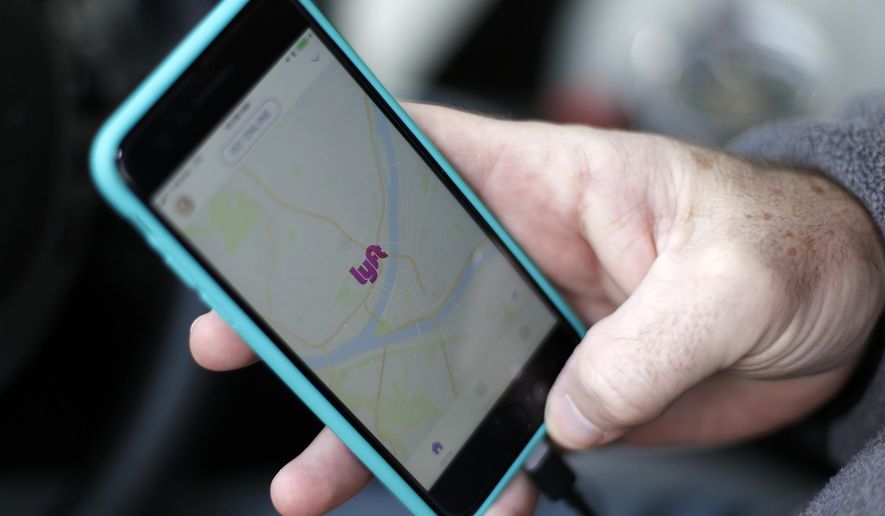SAN FRANCISCO (AP) - Lyft set the price for its stock at $72 per share late Thursday, setting the stage for the ride-hailing pioneer’s hotly anticipated stock market debut.
The price is at the high end of a revision Lyft made after strong investor demand prompted the company to increase its initial goal of fetching $62 to $68 for each of the 32.5 million shares sold in the IPO. The price sets Lyft’s market value at $24 billion, which will quickly change Friday after the shares start trading on the Nasdaq exchange.
Lyft has been in fierce competition with its larger rival, Uber, to woo riders and investors. Uber is expected to make an even bigger splash when it completes its IPO later this year.
Investors embraced Lyft despite an uninterrupted history of losses totaling nearly $3 billion since its 2012 inception on the premise that its growing popularity will pay off in the long run.
The IPO represents a watershed moment for ride hailing, an industry hatched from the rise of smartphones. Now that both Lyft and Uber have made it easy to summon a ride on a mobile app, more people are already starting to wonder if owning their own cars will make sense in the future.
Lyft has been gaining ground on Uber in the past two years, which enabled it to double its revenue last year to $2.2 billion - the kind of growth that tends to wow investors.
The San Francisco company’s U.S. market share has expanded from 22 percent in 2016 to 39 percent last year as Uber slogged through revelations about rampant internal sexual harassment claims , allegations that it stole self-driving technology and other mortifying issues, prompting a consumer backlash.
Meanwhile, Lyft parlayed a warm and fuzzy image that it used to cultivate by adorning drivers’ cars with a fluffy pink mustache to position its brand as the more socially responsible of the two ride-hailing rivals.
Despite Lyft’s recent inroad, there is still no guarantee the company will become profitable - a risk flagged in its own regulatory filings leading up to the IPO. Developing autonomous vehicles is key to reducing driver costs, and Lyft is behind competitors such as Google spin-off Waymo, which has begun testing a ride-hailing service using its robotic minivans in the Phoenix area.
Cutting costs by reducing pay to drivers also could prove difficult, a challenge underscored by protests staged earlier this week over wages that drivers complain already are too low.
Even so, Lyft’s revenue per ride has been increasing, so some analysts see the company as headed in the right direction.
Lyft’s co-founders Logan Green and John Zimmer have structured the shares so that together they will hold 49 percent of the voting power, enough to substantially influence major decisions.
Lyft has focused on its mission of getting people to give up their personal cars in favor of ride-hailing, shared bikes and scooters, and has remained in North America. By contrast, Uber has expanded overseas and recently bought Careem, a major rival in the Middle East, while experimenting with food delivery, boats and freight operations.
It’s become increasingly common for unprofitable tech companies to go public, and the percentage of money-losing tech companies that entered the market in 2018 rivals 2000, when the dot-com bubble burst, according to data from Jay Ritter, finance professor at the University of Florida. Some, like Amazon, which took several years to turn a profit after its IPO turned into great bets for early investors.
___
Bussewitz reported from New York
___
This is story has been corrected from an earlier version to reflect that Lyft has accumulated nearly $3 billion in losses since its inception, instead of debt.




Please read our comment policy before commenting.